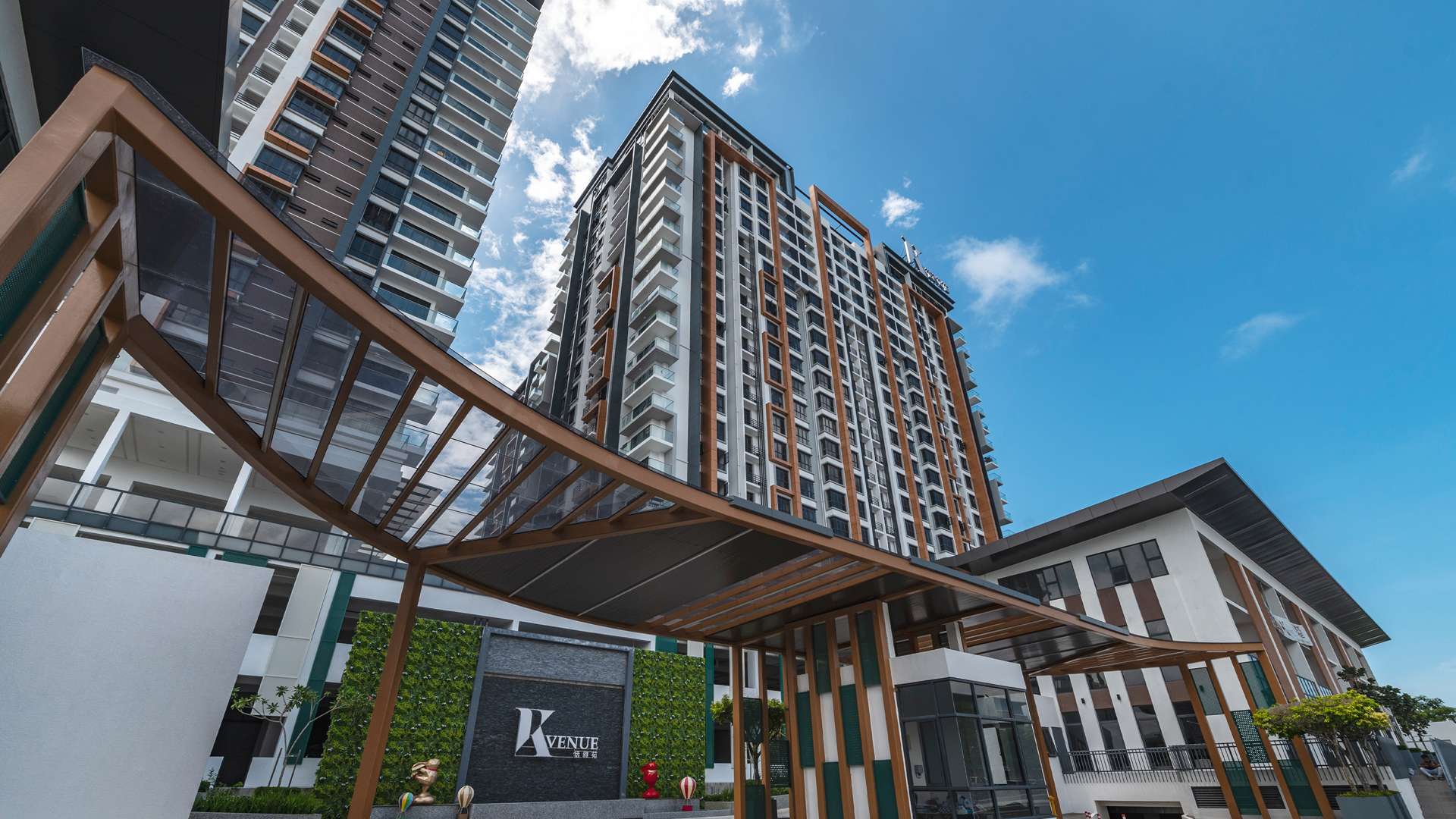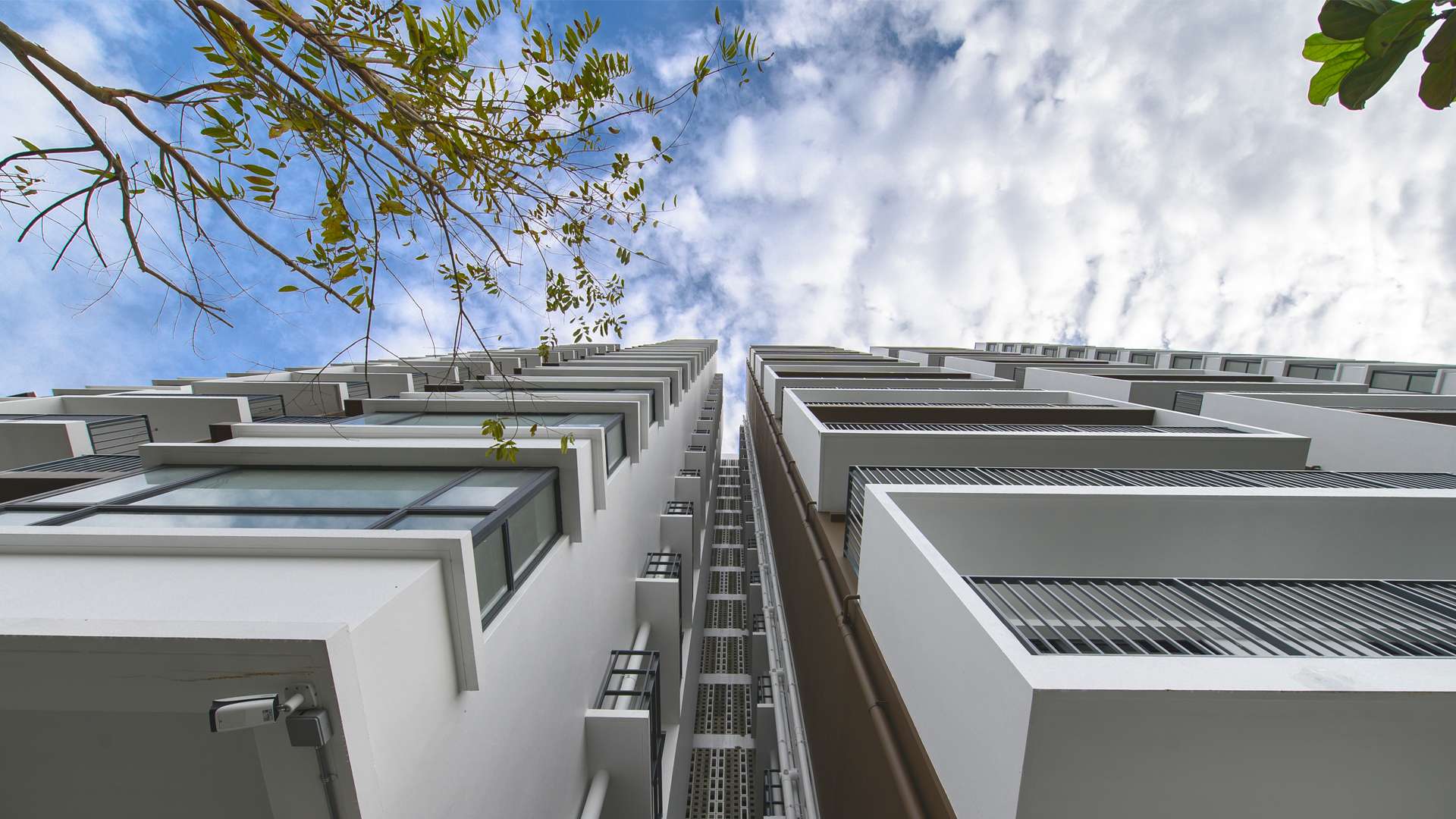
ADK.KOPA design philosophy rooted in local site context embodies a holistic approach that integrates the physical, cultural, and environmental aspects of a specific place. They begin with a thorough analysis of the site’s natural features such as topography, climate, vegetation, and hydrology. This understanding informs design decisions aimed at harmonizing the built environment with its surroundings.
One key aspect of this philosophy is site-responsive design, where ADK.KOPA thoughtfully consider the orientation, massing, and layout of buildings that can optimize natural light, ventilation and views. By leveraging the site’s natural attributes, they create spaces that enhance comfort and well-being for occupants while minimizing energy consumption.
Cultural context is another crucial element, as ADK.KOPA delves into the historical, social and cultural narratives of the place. This involves engaging with local communities to understand their values, traditions and aspirations. By incorporating local materials, building techniques, and design motifs, they not only pay homage to cultural heritage but also foster a sense of identity and belonging within the built environment.
Furthermore, site-specific architectural design encourages adaptive reuse of existing structures and sensitive infill development, preserving the character and continuity of urban and rural landscapes alike. This approach fosters a deeper connection between people and their environment, creating meaningful spaces that resonate with the collective memory and aspirations of communities.
Ultimately, ADK.KOPA design philosophy localized to site context seeks to create environment that are responsive, sustainable, culturally resonant and enriching to both inhabitants and visitors. It represents a commitment to honoring the unique qualities of each place while envisioning architecture as a catalyst for positive social, cultural, and environmental change.


